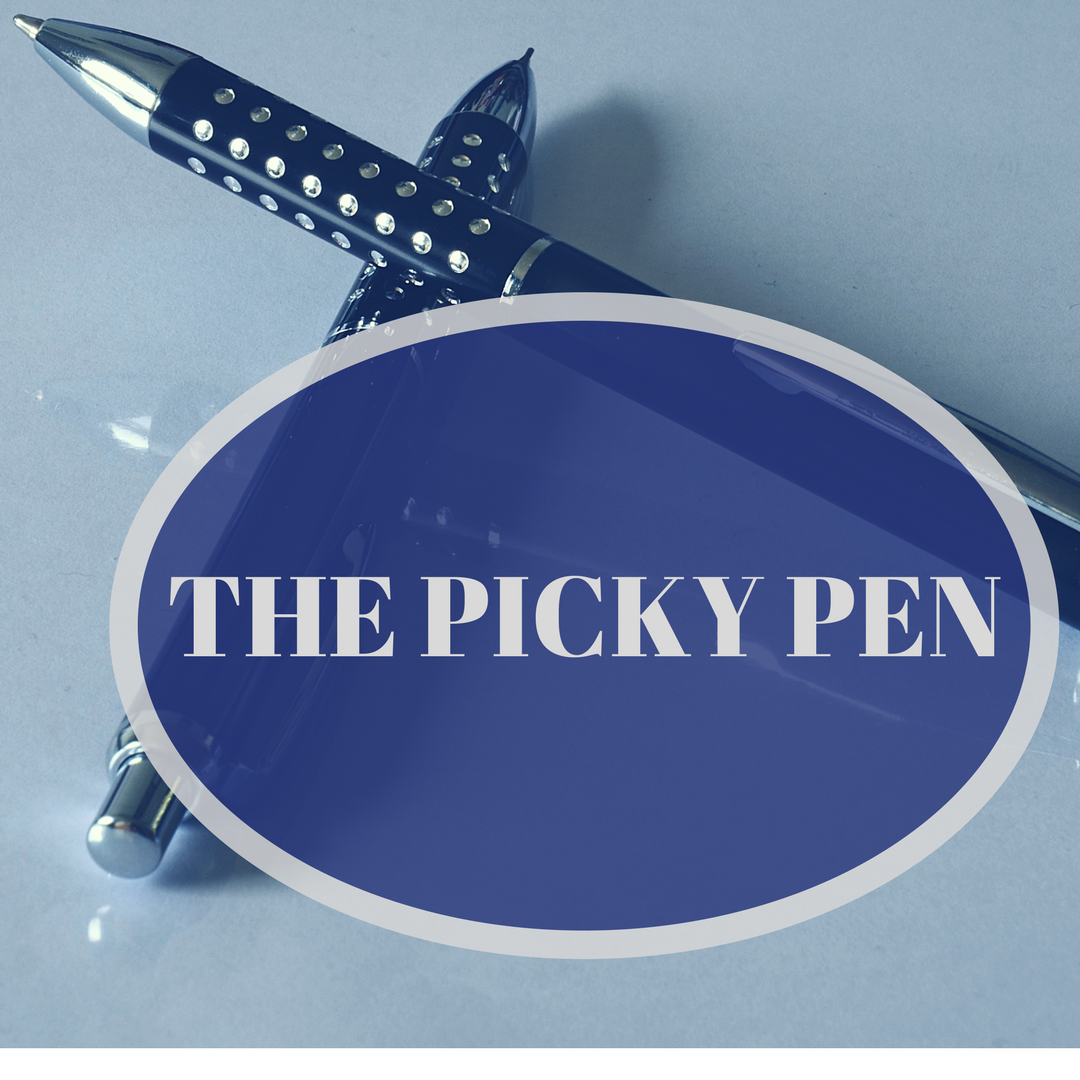We’re heading into a New Year. Perhaps you’ve finished a novel during Nanowrimo. Maybe you’re plotting a new story to begin writing in January. New Year, new goals, new story, right? I’d like to touch a little on how to edit your character. This might be something you tuck away and pull out after you’ve finished your discovery draft, or something you’re ready to use if you’ve completed your draft during the November writing frenzy.
I’d like to share a blurb from a well-loved classic to delve into the art of editing your character so that their inner/outer journey, actions, and dialogue is specific to the special person you’ve created. These elements will apply to both fiction and non-fiction.
Jane Eyre by Charlotte Bronte is a leading example of the depth of story through the power of its characters and how each character is important to the plot. We see all of the main elements in Jane’s character that really endear her to us: background, personality, appearance, and journey.
Background
Jane in Jane Eyre came from a horrible background. She thinks she will be nothing more than a servant because that’s what she’s been told as a young girl. However, she desires to be more, and applies at Thornfield Hall as the new governess. And throughout this new experience, we see Jane struggle with feelings of being good enough for her new position, but how she chooses to react to those past situations in light of her interactions with Mr. Rochester eventually allows her to influence Mr. Rochester’s life.
What about your characters? Whether you’re writing fiction or non-fiction, you have many different characters who all play a part in your story. Your main character drives the story, and the other characters enhance what your main character does. What brought your characters to the beginning of your story?
Personality
When Jane first meets Mr. Rochester, she thinks he’s an angry person, but he does not scare her. What does that tell you of her personality? Her background of being treated unkindly and unfairly is characterized in her personality. She is not afraid of Mr. Rochester because she has learned how to respond to less-than-desirable actions from others. Jane’s gentle, firm, and idealistic personality is consistent throughout the novel, which creates a compelling character in Jane, and one that readers admire and love.
What about your story? What motivates your character to do the things they do, say what they say, or react and respond to different events within the story? In a non-fiction manuscript, your character’s personality will enhance the illustrations for each point you’re trying to
make and the content will really come alive for your readers. Developing these elements will ensure your character has a depth of personality that will affect your readers.
Appearance
Jane thinks she is plain, but in the end Mr. Rochester thinks she is the most beautiful person he’s ever seen, even though he has lost his sight due to the fire. Why is this? Jane’s inner character shines through to her outward appearance in her tone, mannerisms, and attitude.
What about your characters? Your readers will gauge your characters’ general appearance (hair color, eye color, skin tone, height), but it’s the inner appearance we create that will give readers a deeper understanding and appreciation for your characters. For example, a reader may find a character’s smile to be endearing, while the character themselves may think that their smile makes them look awkward because they have a crooked smile. When we describe the characters in our manuscript, we may be compelled to give a list of all of our character’s features. However, this type of character description bogs down the story. The trick is to describe characters in a way that is natural, and that is through your character’s actions in each scene.
Character’s journey
There are two kinds of journeys for your character. The inner journey and the outer journey. Each journey motivates the character throughout the story and engages the reader in your character’s life. What is the inner journey and the outer journey supposed to look like? The outer journey is what the character wants, and the inner journey is the inner struggle of that desire.
Jane wants to be treated not as a servant but as an equal. She wants independence, but she also wants someone to love her. The story shows how she displays that independence by standing up to Mr. Rochester’s indifferent attitude toward her. But with her inner journey, her struggle, she fears that she is not his equal because of their class differences, and she also fears that she might lose her independence, even though she desires to marry Mr. Rochester.
What about your characters? What does your character want? What is your character struggling with? What are they afraid of? What do they have to lose? Your characters will go through a series of emotional arcs. Michael Hague describes a character arc as a journey from living in fear to living courageously. Whether fiction or nonfiction, you decide what your character or reader wants. Then you structure the different events that your character goes through with the inner journey of how they are internalizing the events around them based on their outer journey, what they want.
Wrap-Up
The key here is to create a trail of breadcrumbs that leads your readers from Point A to Point B, keeps them guessing at how the character is going to get what they want, and what might get in their way and prevent them from getting what they want. And these four elements of your character’s background, personality, appearance, and journey set the stage for an engaging reading experience that whisks your readers away to a world of characters—and story—your readers will never forget.
Please take a minute and join in the discussion! I’d love to hear from you!
What’s your favorite character from a novel you’ve read, and what makes that character special to you? How can you enhance your own characters by the characters you read about in other books?
Tisha Martin writes historical fiction and nonfiction but also edits and proofreads for beginning and best-selling writers, professional editing agencies, and publishing houses. She has a BA in Professional Writing, an MS in English Education, and an editing certificate from the PEN Institute, affordable continuing education for editors. Active in American Christian Fiction Writers and The PEN, she appreciates the writing and editing communities. As Assistant Director of PENCON, a conference for editors, she enjoys travel marketing and updating PENCON’s Facebook Page. Connect with Tisha on her website www.tishamartin.com and engage in the conversation.



 We love helping your growing in your writing career.
We love helping your growing in your writing career.

No Comments